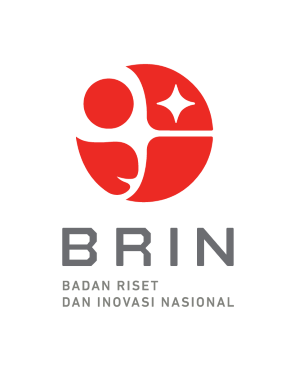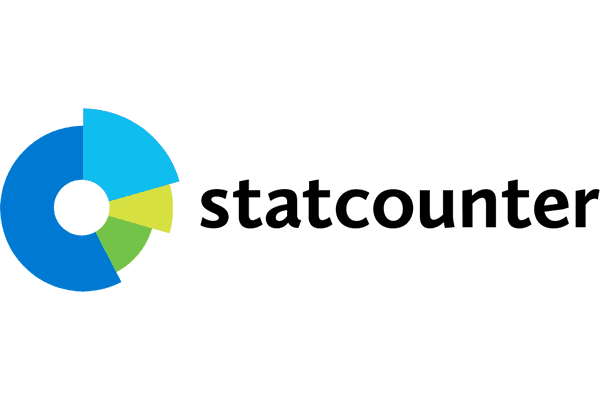TINGKAT PENGELOLAAN IKAN TEMBANG (Sardinella gibbosa) YANG TERTANGKAP DENGAN BAGAN TANCAP DI KABUPATEN PANGKEP
Abstract
The success of fishing depends on sufficient knowledge of the overall behavior of the fish, which is the basis for the development of existing methods. Utilization of Fishery Potential Activities in Pangkep Regency waters still depends a lot on simple fish catching technology. One of the factors for the success of catching fish with a chart is light. Light is a tool to help collect fish to the fishing area. Toli-toli village, Tekkolabua sub-district, Pangkep district is geographically located between 04º79'07.71 "- 4º79'14.35" LS and 119º43'75.13 "- 119º44'02.01" East Longitude (Figure 4). The administrative area is included in the North Liukang Tupabbiring District, Pangkep Regency. The production of tembang fish (S. gibbosa) caught with fixed-line fishing gear occurred in 2012 as much as 927.70 tons and the lowest was in 2009 as many as 50.30 tons. The level of utilization (TP) and level of cultivation (TPu) of fixed-line fisheries in Pangkep waters according to the Schaefer model for 8 years has exceeded the allowable utilization rate (JTB), namely in 2011, 2012, 2013, and in 2008, 2009 , 2010, 2014 and 2017 are still in an underexploited condition. Based on the analysis of the sustainable potential of tembang fish using the Schaefer model, the allowable amount of tembang fish catch (JTB) is 80% of the MSY value, it is recommended that the number of fish catches allowed in Pangkep Regency is 409.36 tons with a maximum number of fishing effort units of 26 units / year.
References
Allan, J.D. and Castillo M.M. 2007. Stream Ecology, Strucfure and Function of Running Waters. Second Edition. Pub. Springer. Netherlands. 429 p
Allen, G. 1999. Marine Fishes of South-East Asia; A Guide for Anglers and Divers. Periplus Editions. Singapore. 292 pp.
Clark, C. W. 1989. Mathematical Bioeconomic, The Optimal Management of Reneable Resources. John willey and Sons., New York
Cushing, D.H. 1981. Fisheries Biology, A Study in Population Dynamics. The University of Wisconsin Press, London
[DKP]. 2008 - 2017. Laporan Statistik Perikanan Sulawesi Selatan, Makassar
Dodds, W.K. 2002. Freshwater Ecology. Concepts and Environmental Applications. Academy Press. An Elsivier Science lmprint. San Diego. pp.569
FAO. 1995. Code Of Conduct for Responsible Fisheries. FAO Fisheries Department.24 P. (Online) (Http://FAO/Fisheries/Code, Diakses 9 Juli 2002).
Food and Agricultural Organization (FAO). 1995. Code Of Conduct For Responsible Fisheries. FAO. Rome.
Lamouroux, N., S. Dole’dec, S. Gayraud. 2004. Biological Trains of Stream Macroinvertrebrata Communities: Effects of Microhabitat, Reach, And Basin Filters. Journal of The North American Benthological Society 23:449-466
Pinkerton, E. 1988. Cooperative Management of Local Fisheries: A Route to Development, in John Bennet and John Bowen (Eds.) Production And Autonomy: Anthropological Studies and Critiques of Development. Lanham MD: Society for Economic and Anthropology and University Press of America: 267-271
Poff, N.L. 1997. Landscape Filters and Species Straits. Towards Mechanistic Understanding and Prediction in Stream Ecology. Journal of The North American Benthological Society 16:391-409
Saanin. 1984. Taksonomi dan Kunci Identifikasi Ikan. Bina cipta Bogor, Bogor
Sparre, P dan Venema, SC. 1999. Introduksi Pengkajian Stok Ikan Tropis. Badan Penelitian dan Pengembangan Perikanan. Diterjemahkan oleh Pusat Penelitian dan Pengembangan Perikanan, Badan Penelitian dan Pengembangan Perikanan, Jakarta.










